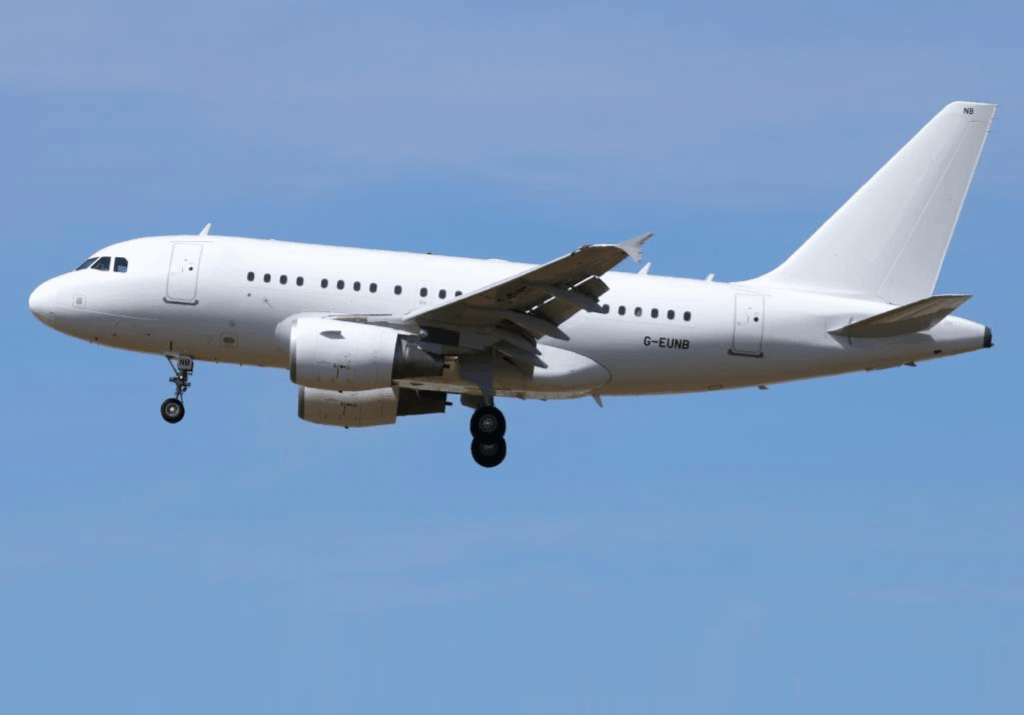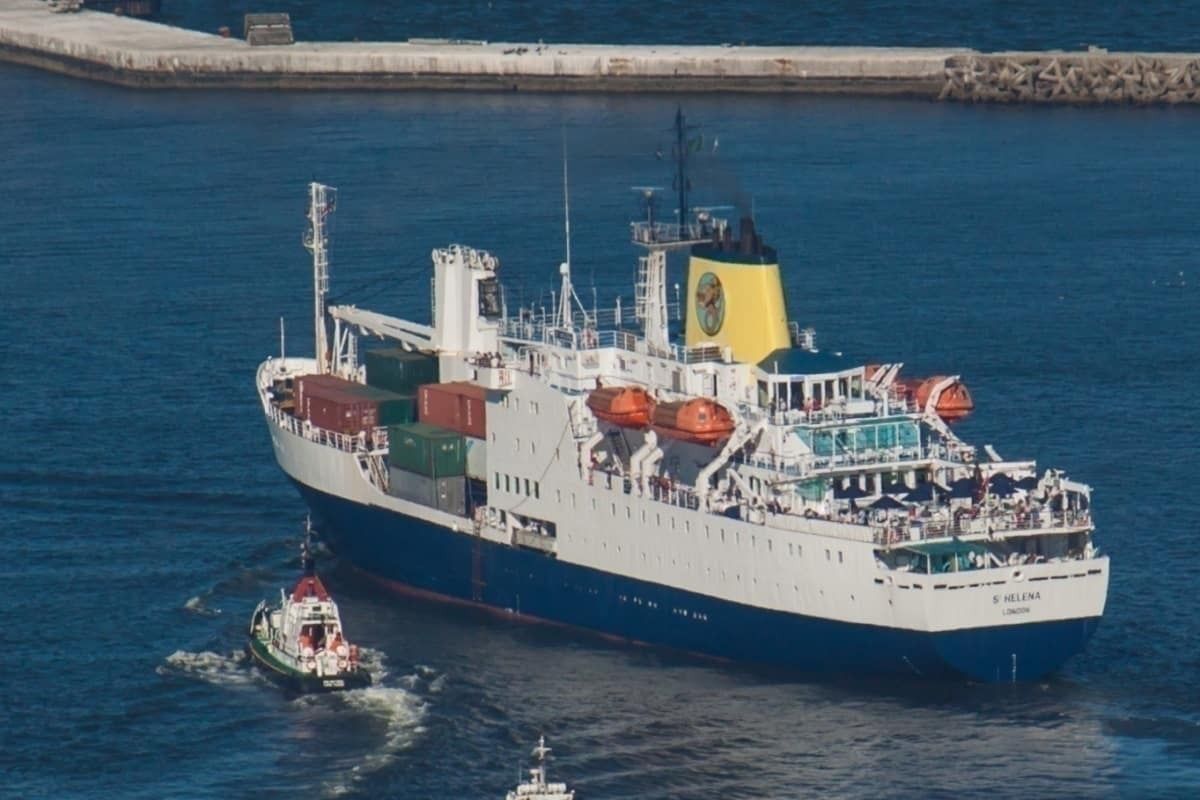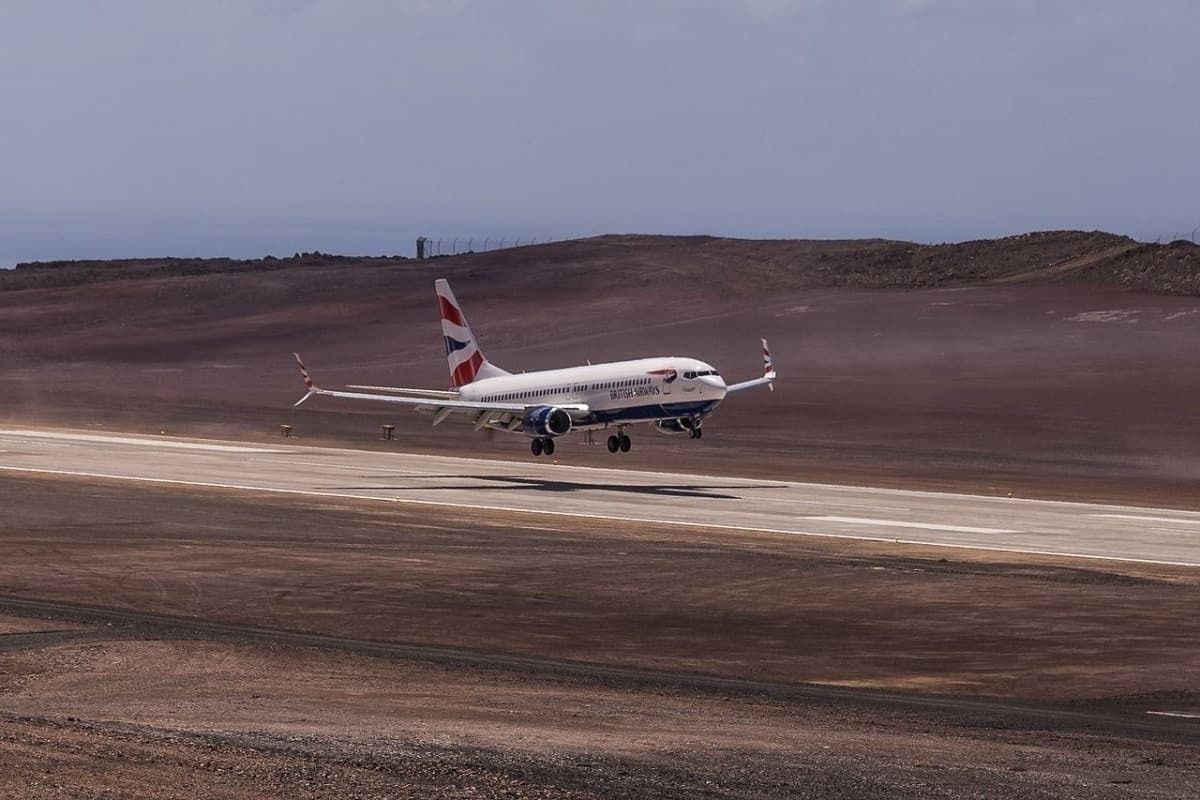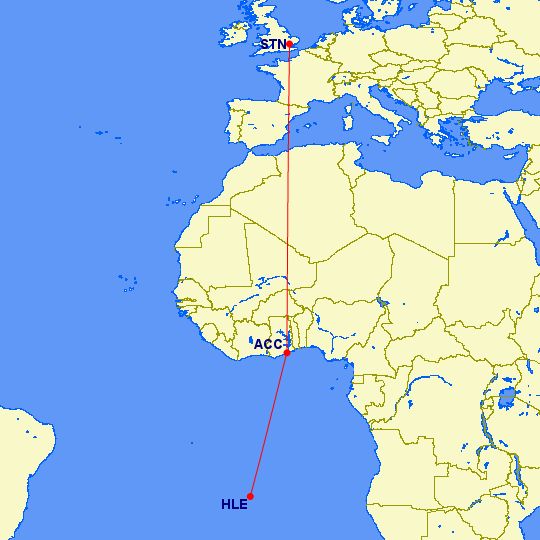After reporting on Titan Airways medical relief flight from London to St. Helena last Sunday, it brought up the question of whether a regular service between the United Kingdom and the isolated island would make sense. The arrival of Titan Airways Airbus A318-100 marked the first time an Airbus aircraft has landed on St. Helena and now has the locals all talking about a possible air link to Europe.
Adding to the speculation was the fact that Titan had its Head of Training, Captain Dave Cox piloting the aircraft, and that once the cargo was offloaded, several training flights took place.
About St. Helena
Before we talk more about the training flights, you need to understand a little bit more about St. Helena and why the British government decided to build an airport on the island.
First discovered by Portuguese explorers in 1502, the uninhabited island was ideally positioned as a stopping point for ships traveling between the Far East and Europe. St. Helena's importance faded after the opening of the Suez Canal in 1879, leaving just vessels traveling to and from South Africa, stopping off at the tiny island.
During a period when the British East India Company ran St. Helena, settlers arrived on the island with their descendants now making up the British Overseas Territory's 4,500 strong population.
St. Helena's most famous resident was Napoleon Bonaparte, who in 1815 was exiled to the island by the British to live out his life thousands of miles from Europe.
When the last ocean liner to dock at St. Helena stopped sailing in 1977, St. Helena was effectively cut off from the outside world. Now with the island completely isolated, the British government stepped in by supplying a hybrid cargo/passenger ship. This ship aptly named the RMS St. Helena would sail five days from Cape Town to St. Helena and then on to Ascension Island.
St. Helena's new airport
In the early 2,000s, it was becoming evident that the RMS Helena was starting to get old and would need to be replaced. After looking into the cost of a new ship, the government back in the United Kingdom thought that St. Helena would be better served by air rather than by sea.
After much debate and several feasibility studies, the contract to build the airport was given to a South African engineering group. Creating a new airport where there has never been one before is severe enough, but building one on a remote South Atlantic island with not much existing infrastructure was a mammoth task. Eventually, after years of work, the airport opened in 2016 and was ready to receive its first commercial flight.
Comair, a South African-based franchisee operating its aircraft in British Airways livery, was given the contract to fly to St. Helena but first wanted to fly an implementation flight to be sure all was well.
Unfortunately, the Boeing 737-800 used for the flight experienced wind shear while attempting to land, forcing the pilots to abort the landing and go around for another shot. Now while coming to land for a second time, the wind shear once again made the aircraft wobble, but it managed to land safely.
When coming in to land from the north, it was now apparent that wind shear was going to be a significant issue. To combat this, they decided to have planes approach the airport from the south only to find that this too was problematic. On St. Helena, the wind is nearly always blowing from the south end of the runway, which meant planes would have to land with a tailwind.
Given the short length of St. Helena Airports runway, 1,950 meters (6,398 ft), aircraft like the 737 would have to be very light to ensure an adequate stopping distance. This could require limiting the number of passengers and cargo. When Comair crunched the numbers, they found out that the flights from Johannesburg to St. Helena would never be profitable and pulled out of the deal. Privately owned Airlink came up with a plan to fly once a week to St. Helena with a stopover in Walvis Bay, Namibia, using an Embraer E190-100IGW.
In general, the weekly flights have been a success but have still not brought the number of tourists that St. Helena was hoping to see. Now, however, following the chartered Titan Airways flight and the subsequent test flights, "Saints" as the islanders call themselves, are once more talking about a direct link with London.
St. Helena would love to have a flight to London
Those who filmed the video of the all-white Titan Airways baby Airbus know that it used to belong to British Airways and was used on BAs London City to New York JFK route. They point out that if the A318 could land at London City Airport, it would have no problem landing on St. Helena.
Currently, the aircraft registration number G-EUNB is configured in an all-business 32 seat layout but could be converted to carry more passengers if needed.
On the Titan Airways flight, the plane stopped at Kotoka International Airport (ACC) in Accra, Ghana, to refuel and could use this stopover for future flights between the United Kingdom and St. Helena.
Getting people and things to and from the middle of nowhere costs a great deal of money, making it uneconomical to provide an air link to the island without subsidies from the British government. This, of course, could be up for negotiation should Titan Airways be thinking about flying to St. Helena from its base at London, Stansted.
When Simple Flying contacted Titan Airways to ask if they were thinking about flying to St. Helena, they replied saying:
"At the moment, there are no more confirmed flights."
Saints, however, live in the hope that even if Titan decides not to move forward, another airline may now step in with a flight to Europe.
What do you think? Could an airline make a flight between St. Helena and the UK work? Please let us know your thoughts in the comments section.




